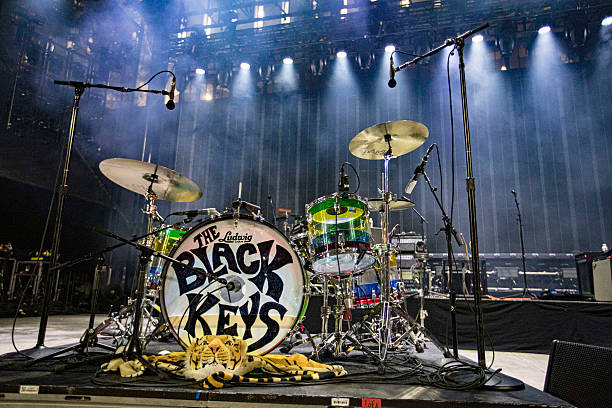Introduction: More Than Just Beats
A drumbeat says things words can’t. Sometimes it’s direct, other times it’s hidden, but it’s always there if you listen. In today’s world, where genres mix and cultures cross, staying inside one tradition is like painting with just one shade. If your playing feels like it’s circling the same ground, the cure might be stepping outside the familiar. Global drumming isn’t about showing off clever fills; it’s about learning to connect with rhythm in a different way.
Why Every Drummer Should Explore Beyond Their Borders
Drumming is one of the oldest human acts. Before alphabets, before paper, people were hitting logs, rocks, skins, whatever they had to share rhythm. Across centuries, rhythm held communities together in ritual, in joy, and in protest.
So if your playing is built only on rock, funk, or jazz, you’re really just speaking one part of the language. The rest of it is out there waiting. Global rhythms do more than add tools to your kit. They shift how you count, how you phrase, even how you breathe when you play.
Afro-Cuban Polyrhythms: The Dance Between Time
Afro-Cuban percussion feels different from most styles. It uses congas, timbales, bongos, shekere: parts that don’t just stack up, they weave together. At the heart is the clave, the pattern that ties it all.
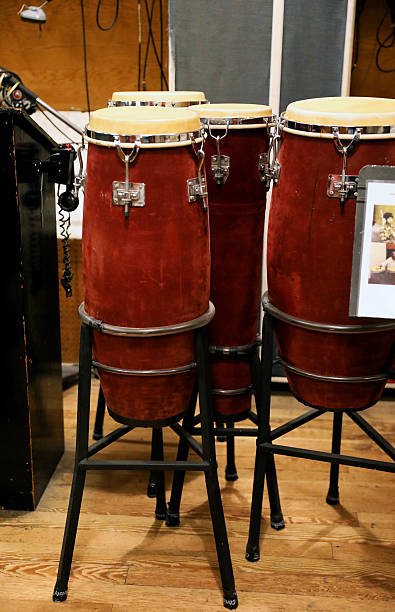
Instead of landing square on the beat, you move around it. Try a 3:2 son clave with your left hand while the hi-hat stays steady. At first, it feels impossible, then suddenly it clicks. And once it does, your pulse as a drummer never feels the same again.
Indian Tala Systems: Mathematical, Yet Musical
Indian drumming works on tala: rhythmic cycles that range from short and simple to long and brain-twisting. Whether it’s tabla up north or mridangam down south, the cycles are structured, but they never sound mechanical. Each one has its own mood.
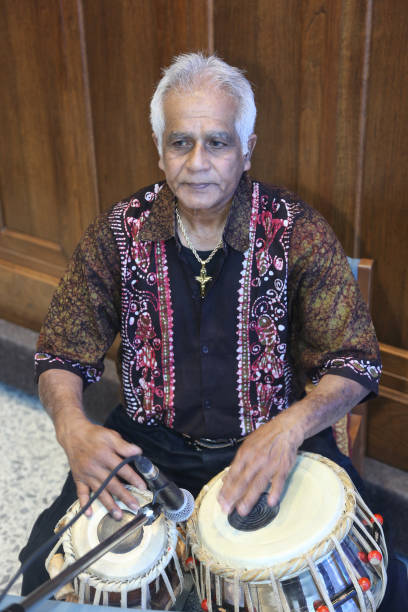
The learning starts by speaking the syllables, the syllables that represent strokes. You say the rhythm before you play it. Even if you never touch a tabla, this habit makes timing stronger and phrasing more intentional. You don’t just play a fill, you hear it, you speak it, then you strike it.
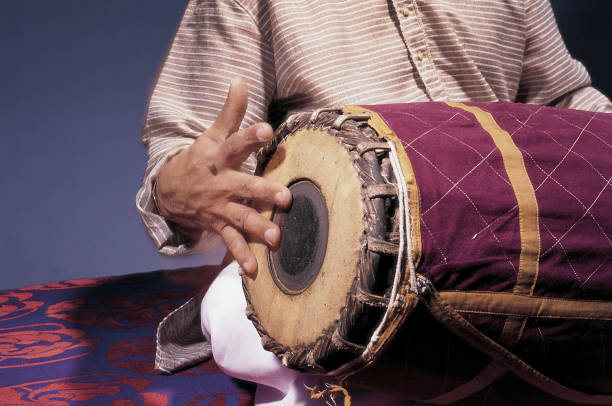
Middle Eastern and North African Frame Drumming
Drums like the darbuka, riq, daf, and bendir carry centuries of history. They teach tone as much as time.
Take the split-hand darbuka technique: rolls, slaps, taps. It’s finger-driven, not arm-driven. Transfer that to the snare, and suddenly you find subtleties you didn’t know were there. A tambourine or pandeiro in a jam can do the same: use it for color, not power.
Brazilian Rhythms: Swing, Sweat, and Soul
Brazilian drumming, especially samba, is about movement. Instruments like the surdo, caixa, and agogô create grooves that feel alive.
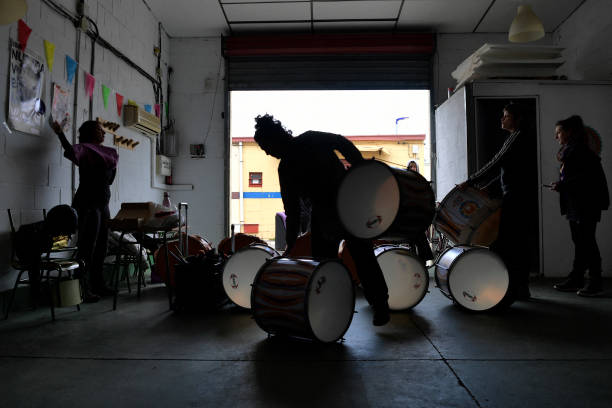
The trap? Rushing. Many drummers push ahead, but real samba pulls you along. The strength is in waiting, in letting the groove breathe. That’s how you learn pocket, control, and what it means to relax inside rhythm.
West African Djembe Ensembles: Rhythm as Conversation
In West Africa, the djembe isn’t just a drum; it’s a voice. Rhythms are played in groups, often as call and response. It’s not one drummer showing off, it’s many drummers listening.
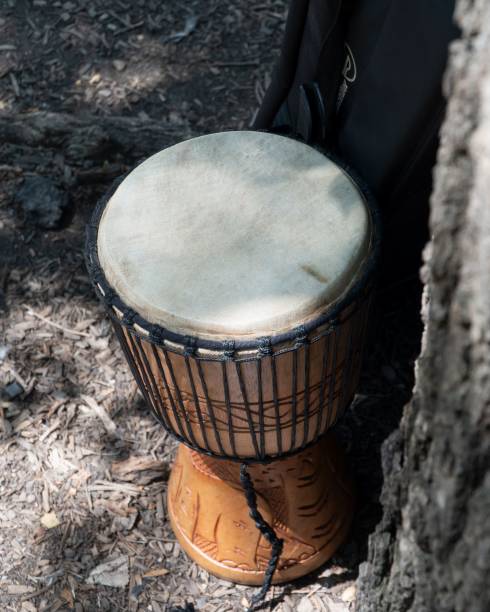
That listening is the point. Every phrase reacts to another. If you want better improvisation, watch how West African players trade ideas. It’s rhythm as empathy, rhythm as conversation.
How to Begin Exploring Global Drumming Styles
You don’t need fancy instruments to start. Curiosity counts more.
- Learn from native teachers when you can.
- Step away from sheet music and use your ears.
- Play along with raw, folk recordings, not just polished studio tracks.
- Collaborate with musicians from other cultures, online or in person.
What If You Only Have a Drum Kit?
A kit can handle almost anything. Tabla bols can be voiced on toms. Moroccan chaabi works across snare, kick, and hi-hat. The point isn’t copying, it’s translating. Think of your kit as a language tool, one that can carry almost any dialect.
The Mental Shift: From Player to Listener
Most drummers chase speed and flash. But global traditions remind you that rhythm is older, deeper, human.
You’re not only a player, you’re part of something that started long before and will continue long after. To improve, start by listening more than playing.
FAQs: Global Drumming Styles
Q1: What are the easiest global styles to begin with?
Afro-Cuban and Brazilian rhythms. They link naturally with jazz and funk, making them a good entry point.
Q2: Do I need traditional instruments?
No. A drum kit can cover the feel of almost any tradition. It’s about mood and structure, not exact sound.
Q3: How do global rhythms improve drumming?
They sharpen timing, enrich phrasing, and train you to listen differently.
Q4: Where can I find resources?
YouTube channels from native players, Drumeo lessons, and ethnomusicology materials are strong places to start.
Let the World Shape Your Sound
The most powerful drummers aren’t always the fastest. They’re the ones who listen. Studying global traditions isn’t about showing off, it’s about showing up curious.
When your hands learn to “speak” in more than one rhythmic language, your drumming becomes a voice that crosses borders.
